- Webinars
Consumer-Centric Electricity System Planning
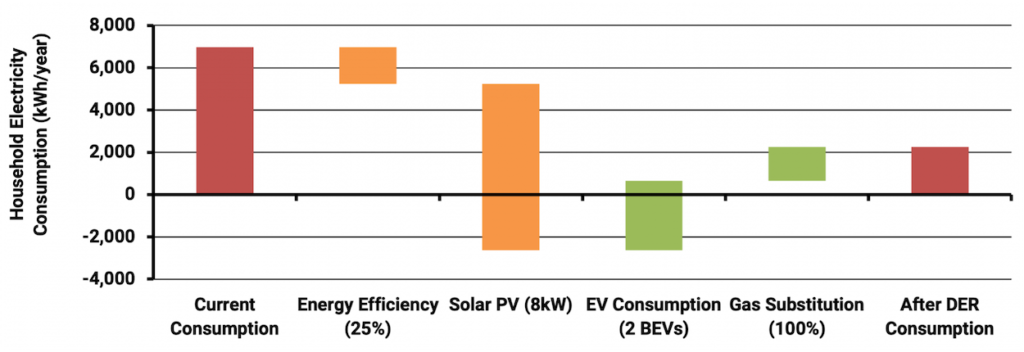
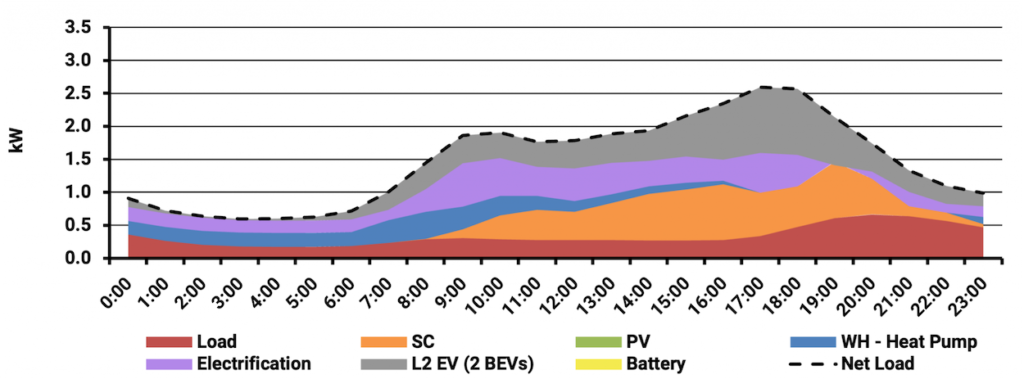
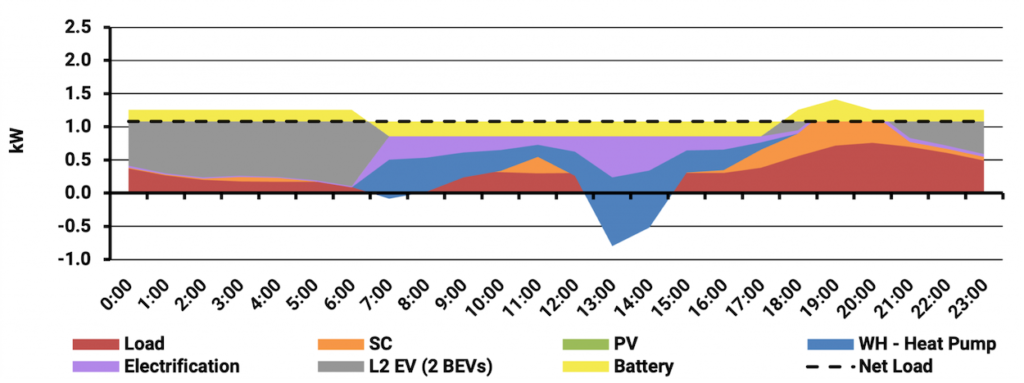
- Wheeling services to buy/sell from neighbors, including coordination and system security services.
- Less large scale, centralized resources, as higher cost due to amount if infrastructure required, and the economies of manufacturing scale afforded to consumer resources.
- Less higher voltage conductors are most energy is traded close to its source to minimize costs.
The State of the Art in Consumer Behavior and Load Impact Forecasting
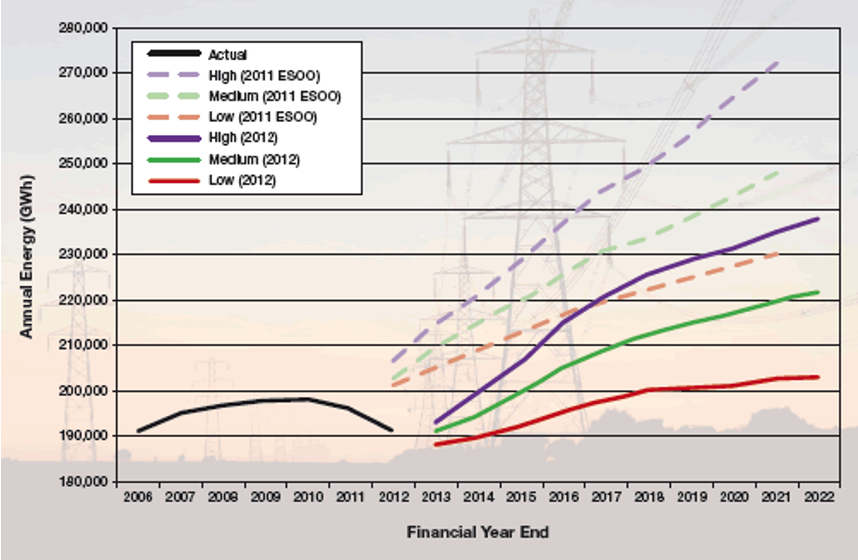
Listen or click through at your own pace
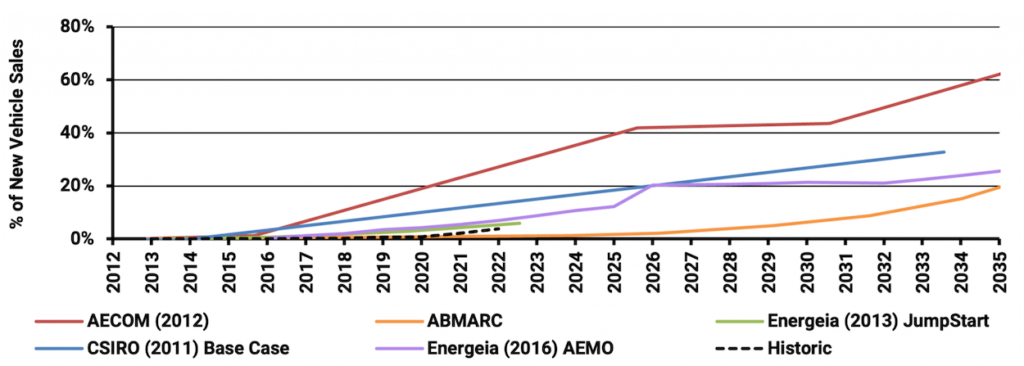

Agent Based Simulation 101
- Range of choices, which become complex and cumbersome to manage individually
- Ability to integrate with other methods, e.g. regression or probit, for uptake parameterization
- Path dependency, future behavior is a function of historical behavior, e.g. PV adoption
- Factor and consumer inter-dependency, consumers can sell to other consumers
- Traceability / auditability of outcomes from inputs and functions
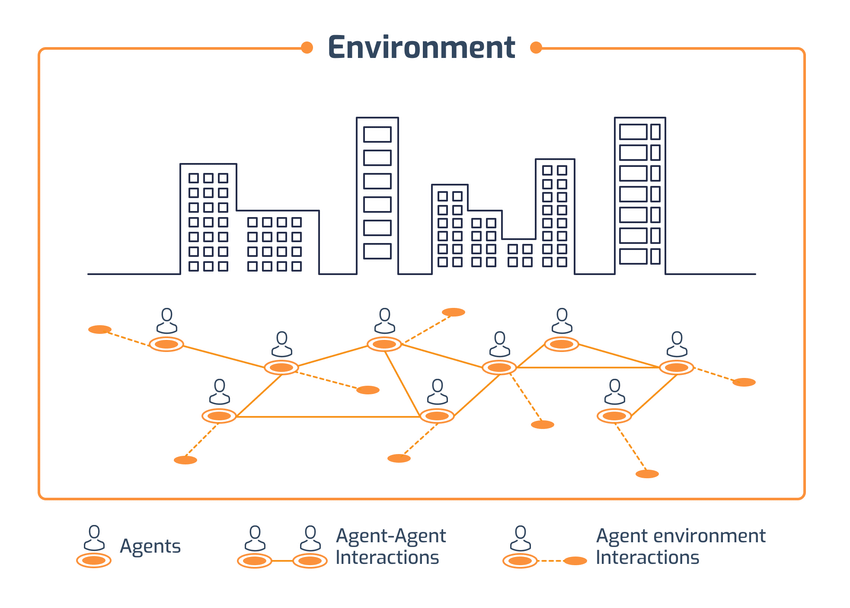
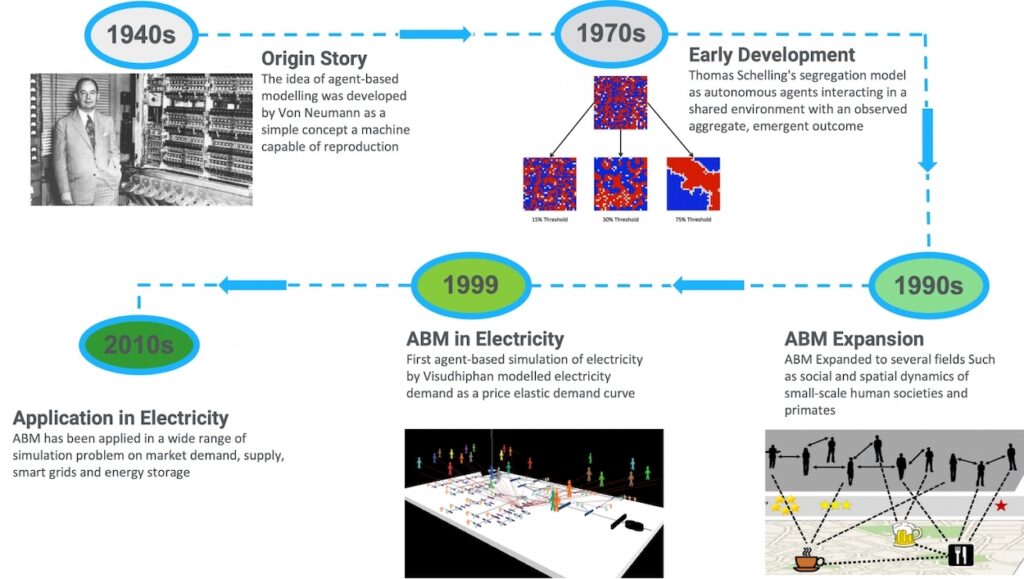
Truly Integrated, Consumer-Centric System Planning
The figure illustrates conceptually the difference between an IRP and a true[1] ISP in terms of how different elements of the electricity interact dynamically. For an IRP, you can see the generation and transmission elements interacting. A true ISP integrates each of the systems, modeling their interactions, and feedback loops.
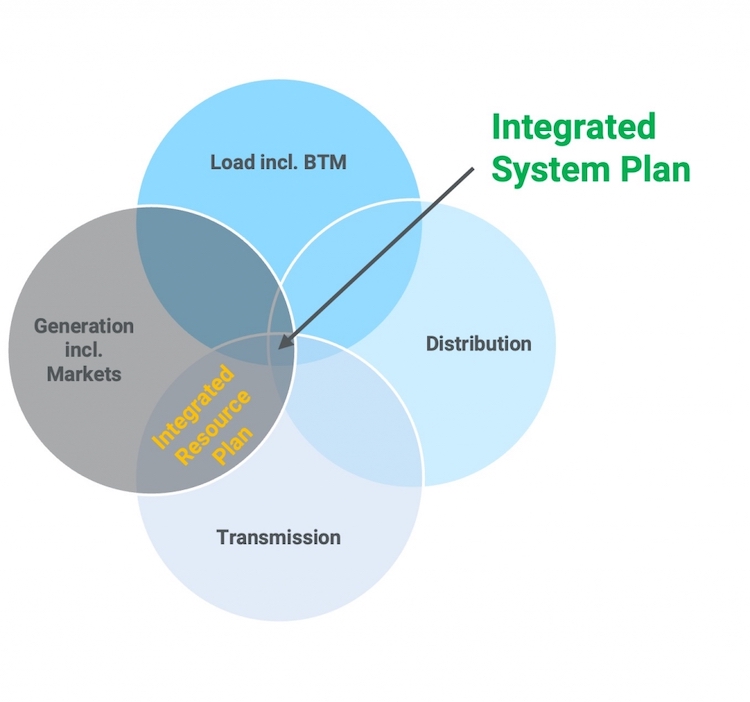
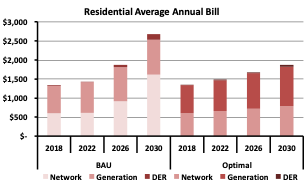
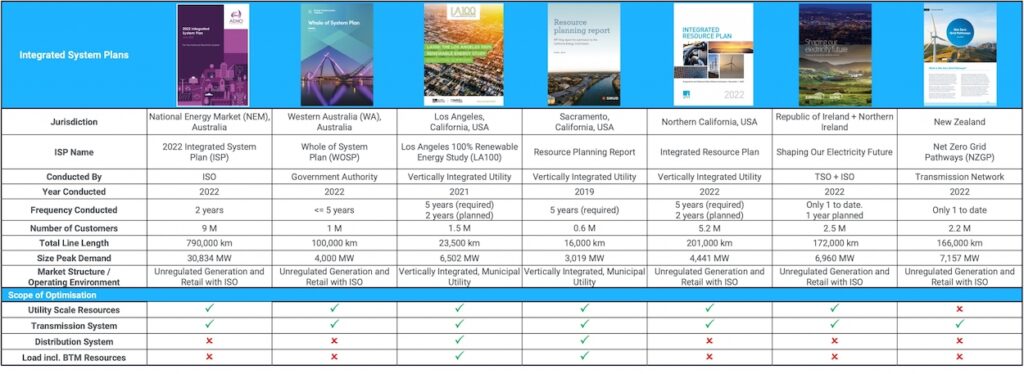
For more detailed information regarding the key challenges of analysing and optimising a truly integrated system plan, best practice methods, and insight into their implementation and implications, please see Energeia’s webinar and associated materials.
For more information or to discuss your specific needs, please request a meeting with our team.
You may also like
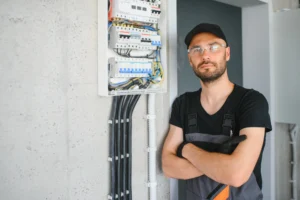
Bridging the Skills Gap: Workforces for Electrification
Australia’s clean energy transition demands a skilled workforce. Energeia’s analysis reveals urgent needs, strategic solutions, and policy pathways to bridge the electrification skills gap and

Unlocking the Potential of Consumer Energy Resources
The AEMC partnered with Energeia to explore how flexible Consumer Energy Resources (CER), like solar, batteries, electric vehicles, and smart appliances, can reduce costs and

Optimizing DC Fast Charging Tariff Structures
Energy Queensland collaborated with Energeia to address financial barriers in EV charging infrastructure, focusing on high network tariffs and demand charges. The study evaluated alternative
